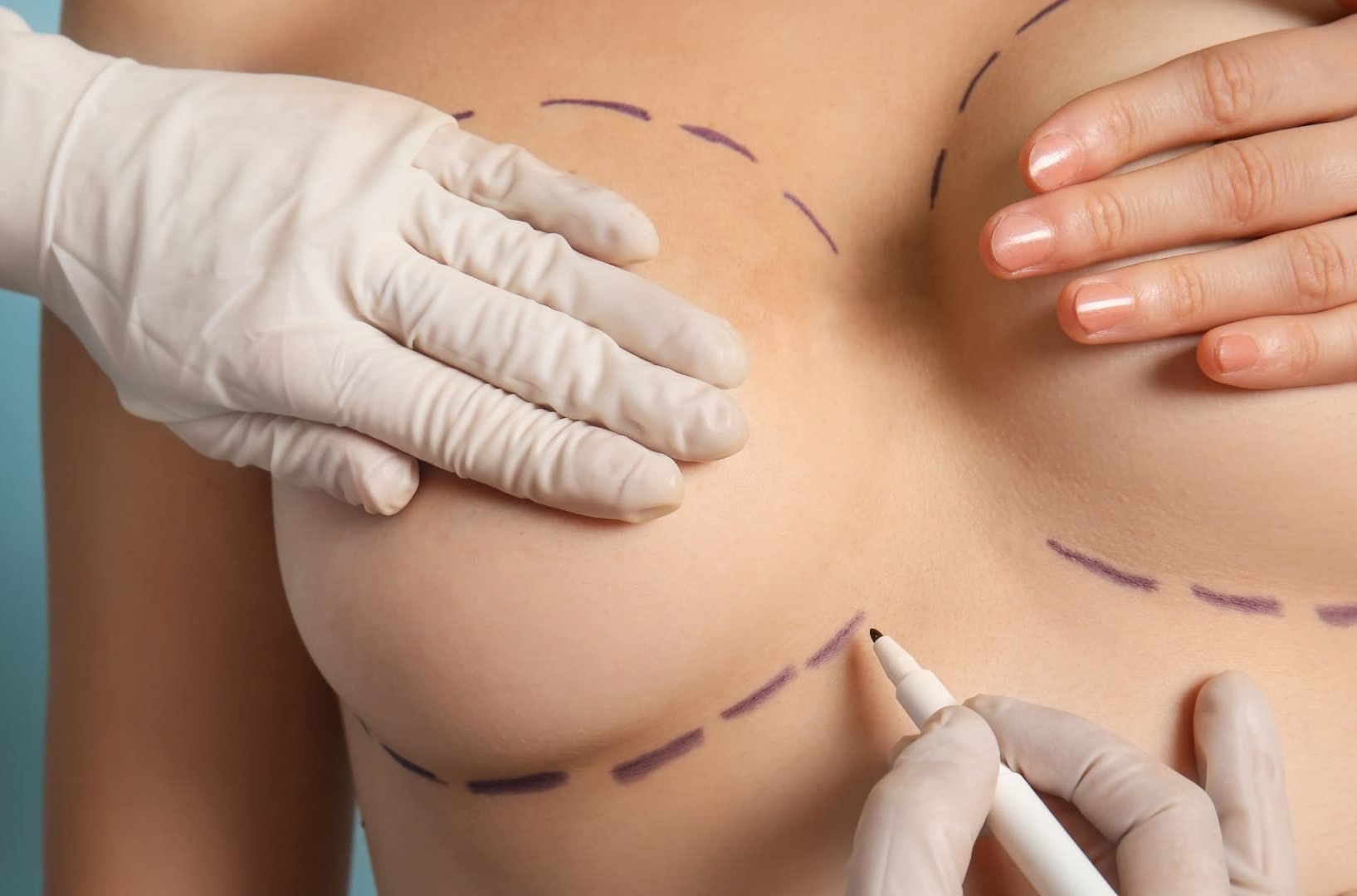
Breast fat grafting, also known as autologous fat transfer or lipofilling, is a procedure where fat is harvested from one part of the body and injected into the breasts to enhance their size and shape. This method is increasingly popular due to its natural results and dual benefits of body contouring and breast fat transfer. One critical component of the recovery process post-surgery is the use of compression garments. This blog will delve into the role of these garments, the expected costs, before and after results, and answer some frequently asked questions.
Why Compression Garments Are Essential
Compression garments are specially designed to provide support and enhance the healing process after breast fat transfer. Here’s how they help:
-
Minimize Swelling: By applying consistent pressure, these garments reduce swelling and fluid accumulation, which is common after fat transfer.
-
Promote Blood Circulation: Improved circulation accelerates healing and reduces the risk of complications such as clot formation.
-
Maintain Shape: They help in maintaining the new breast shape and position of the transferred fat, ensuring a more predictable and aesthetically pleasing result.
-
Comfort and Support: They provide necessary support to the breasts, reducing discomfort and pain during the recovery period.
Cost of Breast Fat Transfer Procedures Abroad
The breast fat transfer cost in Dubai varies significantly by country. In the United States, prices range from AED 18000 to AED 25000. However, opting for medical tourism can cut these expenses by up to 50%. Countries like Mexico, Thailand, and Turkey offer the same high-quality services at a fraction of the cost.
Factors Influencing Cost
-
Destination: Different countries have varying healthcare costs.
-
Clinic Reputation: Established clinics may charge more.
-
Surgeon’s Experience: Highly experienced surgeons often demand higher fees.
-
Additional Services: Packages may include accommodation and transportation, affecting the overall cost.
Before and After Results
Before:
-
Breasts may have a lack of volume or asymmetry.
-
Patients might also have excess fat in areas such as the abdomen, thighs, or flanks.
After:
-
Increased breast volume and improved shape with a natural look and feel.
-
More contoured donor areas where fat was harvested.
-
Initial swelling and bruising, which gradually subside with the help of compression garments.
-
Final results typically visible within a few months as the body settles and healing completes. Viewing breast fat transfer before and after photos
FAQs About Breast Fat Transfer
How long should I wear compression garments after breast fat transfer?
Typically, it’s recommended to wear them continuously for the first 2-4 weeks, followed by a gradual reduction in usage as advised by your surgeon.
Can I remove the compression garment to shower?
Yes, you can remove the garment to shower. Ensure it is promptly replaced afterward to maintain continuous support.
What happens if I don’t wear the compression garment as recommended?
Skipping the garment can lead to increased swelling, prolonged healing, and potentially less satisfactory final results due to fat reabsorption or uneven distribution.
Are there any side effects of wearing compression garments?
When fitted properly, side effects are minimal. However, improper fitting can cause discomfort, skin irritation, or impaired circulation.
How do I choose the right compression garment?
Consult with your surgeon for recommendations. Ensure the garment is the correct size, provides even compression, and is comfortable for extended wear.
Conclusion
Compression garments play a vital role in the recovery and final outcome of breast fat transfer procedures. By reducing swelling, promoting blood circulation, and maintaining the new breast shape, these garments are indispensable for achieving optimal results. While the cost may vary, investing in high-quality compression wear is crucial for a smooth recovery. Always follow your surgeon’s guidelines to ensure the best possible outcome.